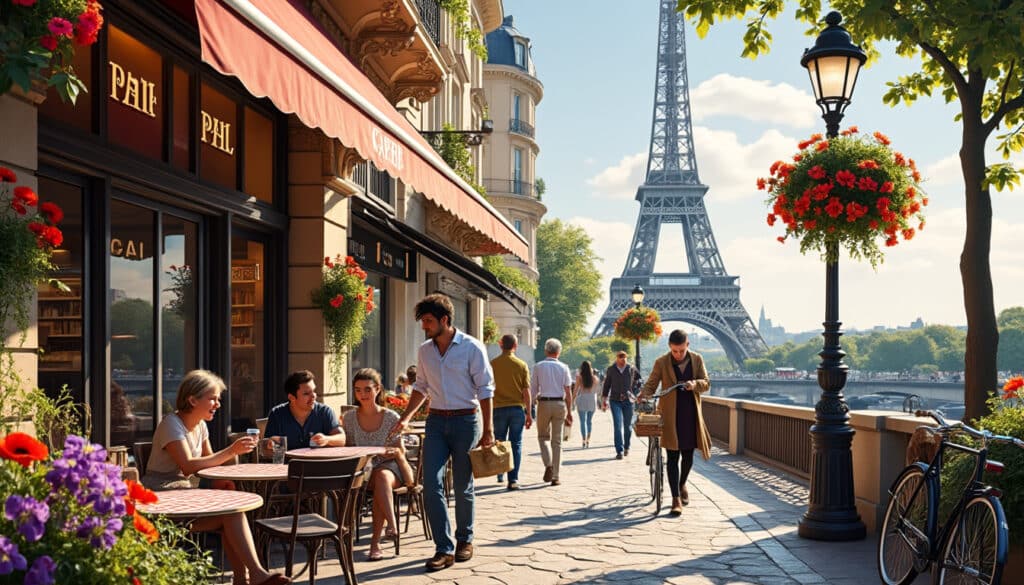Paris, often lauded as the City of Light, is famous for its iconic landmarks like the Eiffel Tower, Notre Dame Cathedral, and the Louvre Museum. Yet, there exists a treasure trove of fascinating facts and curious anecdotes that make Paris a city of endless wonder beyond its evident beauty. From unusual historical events to quirky present-day phenomena, this city of love continues to fascinate millions each year. Let us embark on a journey through some of the compelling fun facts and hidden curiosities about Paris that you might not know.
The Enigmatic Past of Paris
While Paris is known worldwide for its sophisticated charm and historical grandeur, digging into its past unravels a captivating history. Did you know that this city was once called Lutetia? The name Paris is derived from the Parisii, a Celtic tribe that lived along the Seine River during the Iron Age. When the Romans conquered the area, it was renamed Lutetia Parisiorum. Fast forward to 987 AD, and the city officially became Paris.
Paris has also been dubbed La Ville Lumière, or the City of Light, a title with roots in the Age of Enlightenment. Intellectuals traveling from different corners of the globe flocked to Paris to share their ideas, effectively establishing the city as a beacon for progressive thinking. Also of note, Paris was the first city in the world to illuminate its streets with gas lamps, further solidifying its luminous identity.
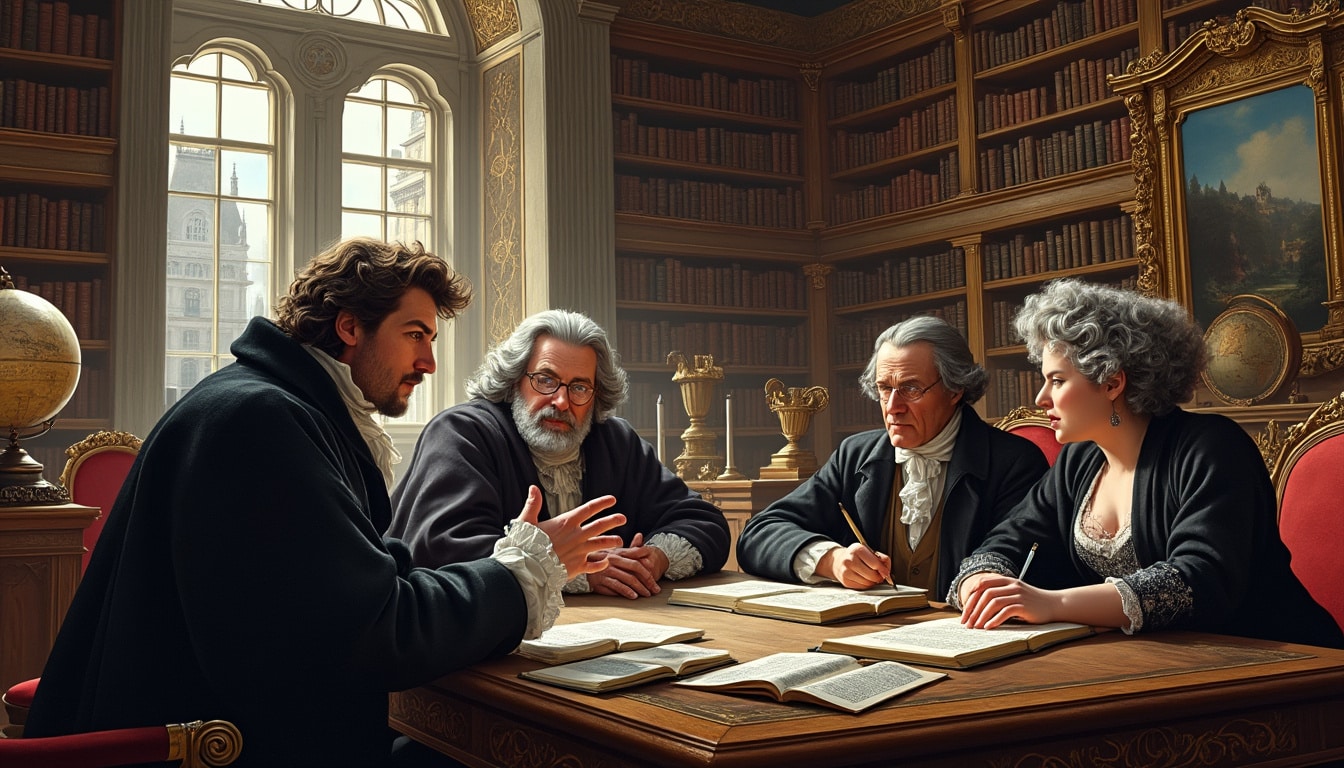
Notably, one of the city’s major landmarks, the Eiffel Tower, initially faced resistance. When constructed for the 1889 World’s Fair, many Parisians considered it an eyesore that would tarnish the city’s delicate architectural beauty. A petition was even raised to dismantle it! Despite the outcry, the tower was preserved and has since become the Eiffel Tower we cherish today.
To this day, Parisian laws concerning tradition remain unique. For instance, the recipe for a Parisian baguette is dictated by law. The Décret Pain mandates specific measurements and ingredients, ensuring the bread retains its iconic consistency and flavor—a testament to Paris’ rich bakery legacy.
A Glimpse into Paris’ Iconic Landmarks
No exploration of Paris is complete without delving into its famous landmarks. The Notre Dame Cathedral is one such masterpiece, boasting over 12 million visitors annually. While visitors initially gather for its architectural beauty, many are equally fascinated by the largest bell named Emmanuel that resides within, surviving a turbulent history including the destructive fire in 2019.
Another remarkable fact is about the Pont Neuf. Despite its name, meaning ‘New Bridge’, it is actually the oldest bridge in Paris, built in the 16th century, and connects Île de la Cité to the rest of Paris. Its construction was revolutionary, featuring pavements that provided protection for pedestrians.
Paris is also home to the Louvre Museum, the largest and most-visited museum globally. Yet, it only displays a fraction of its vast collection, with approximately 35,000 exhibits available for public view out of a total of over 600,000 objects. Spearheading its accolades is the legendary Mona Lisa, the most famous artwork worldwide, drawing millions of art enthusiasts annually.
Let’s also not forget the stunning gardens of Château de Fontainebleau, a royal home with a history dating back to the 12th century. It’s where emperors and kings like Napoleon sought retreat, adding yet another facet to Paris’s regal allure.
The Modern-Day Charm of Paris
In more recent years, Paris has seen a plethora of modern-day phenomena adding to its vibrant atmosphere. The Paris Pass remains a valuable tool for tourists, offering access to the city’s most sought-after attractions, including Seine River Cruises, lifting visitors to romantic views of the city from the water.
Interestingly, the city’s gastronomy scene, represented vividly in bistros like Café de Flore and highlighted in events like Le Grand Prix de la Baguette, showcases a dedication to culinary excellence that’s unmistakably Parisian.
The city’s unique transport phenomena merit mention too. Despite the bustling metropolis with its adventurous traffic, Paris holds the unusual distinction of having virtually no stop signs, instead relying on right-of-way laws to regulate traffic.
The Parisian preference for personal real estate touches another peculiar aspect. Apartments often hide centuries-old treasures, as seen in a story where a Boldini painting worth almost two million euros was discovered in a long-abandoned Paris apartment untouched since World War II.
Unconventional Parisian Laws and Customs
Speaking of laws, France has always had a flair for the unconventional, and Paris is no exception. Among the more amusing historical laws was a restriction deterring women from wearing trousers without police approval—a law improbably upheld until 2012! This restriction was a relic from 1800, pointing to age-old societal norms.
It’s also fascinating how Paris’s tendency for romantic gestures transcends into local customs, like the love locks attached to bridges across the Seine—a quaint tradition signaling everlasting love.
Exploring Paris also grants you a chance to glimpse the refuge of Marie Antoinette at the Conciergerie, where her luxurious former cell now intrigues countless visitors.
What further hypes the city’s eccentricity is Paris Syndrome. This psychological phenomenon afflicts mainly Japanese tourists who are overwhelmed by the contrast between Paris’s media portrayal and its reality, leading to symptoms from anxiety to hallucinations.
The Mythical and Mysterious Side of Paris
Beyond its surface charm, Paris holds a mystical underbelly inhabited by shadows of the past. Below its streets lie the Paris Catacombs, concealing the remains of around six million people. Caverns and tunnels stretching over 170 miles present an eerie labyrinth—with only a small portion being tourist-accessible.
Also of note is Montmartre’s ancient heritage, resting a hill once honored by the Romans, now a bustling hub synonymous with art and bohemian lifestyle. The eclectic mix of crooked streets has inspired artists for generations.
A testament to Paris’s spectral aura is that many of its most iconic landmarks are tied to famous cabarets, especially the glittering spectacle that is the Moulin Rouge. Such peculiar venues have entrenched themselves as essential parts of the city’s nocturnal allure.
Quite fittingly, Paris remains a city layered with history and intrigue, whether through its serialized tradition or hidden charms lurking just below the picturesque facade it presents to the world. These myriad aspects coalesce into an enduring tale that remains unmatched.
FAQ: Unraveling Paris Mysteries
What is Paris Syndrome?
An affliction typically affecting Japanese tourists, Paris Syndrome results from the stark contrast between the imagined ideal of the city and the sometimes harsh reality.
Why is Paris called the City of Light?
The title originated in the 17th century, during the Enlightenment when Paris became a center for intellectualism and innovation. It later became the first to illuminate its streets with gas lamps.
Is it true Paris has more dogs than children?
Yes, it’s estimated that there are more than 300,000 dogs in Paris, surpassing the number of children in the city!
Can you distribute images of the Eiffel Tower at night?
No, images of the Eiffel Tower’s lights at night are subject to copyright and should not be distributed for commercial purposes.
What is the biggest event celebrated in Paris?
Bastille Day on July 14th stands as the largest celebration, commemorating the start of the French Revolution with military parades and grand fireworks.
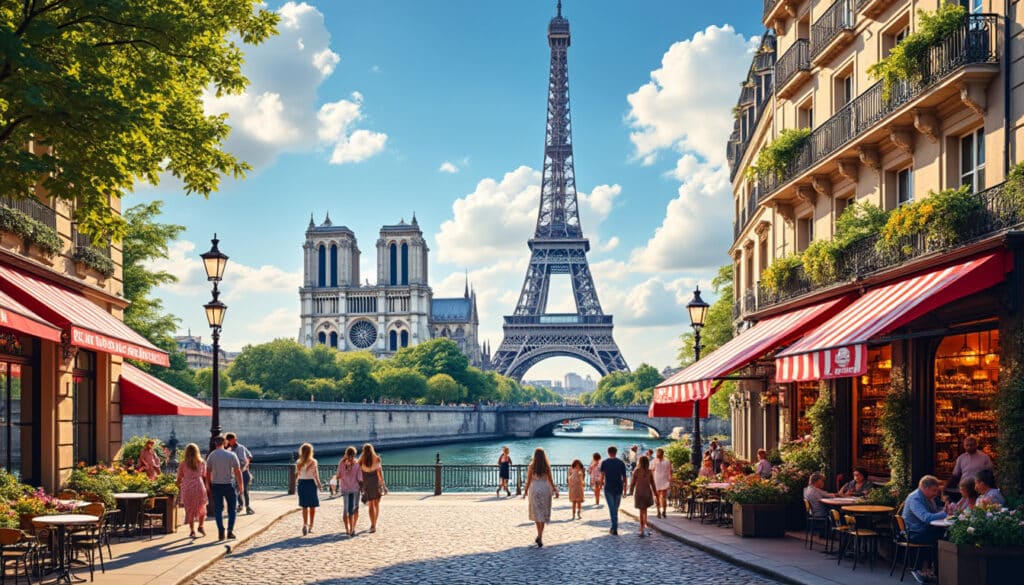
Architecture and urban features of Paris
Paris, the enchanting capital of France, is synonymous with architectural elegance, offering a tapestry of styles that narrates the story of the city’s evolution through the ages. From the towering Gothic structures to the refined lines of Haussmannian facades, each…
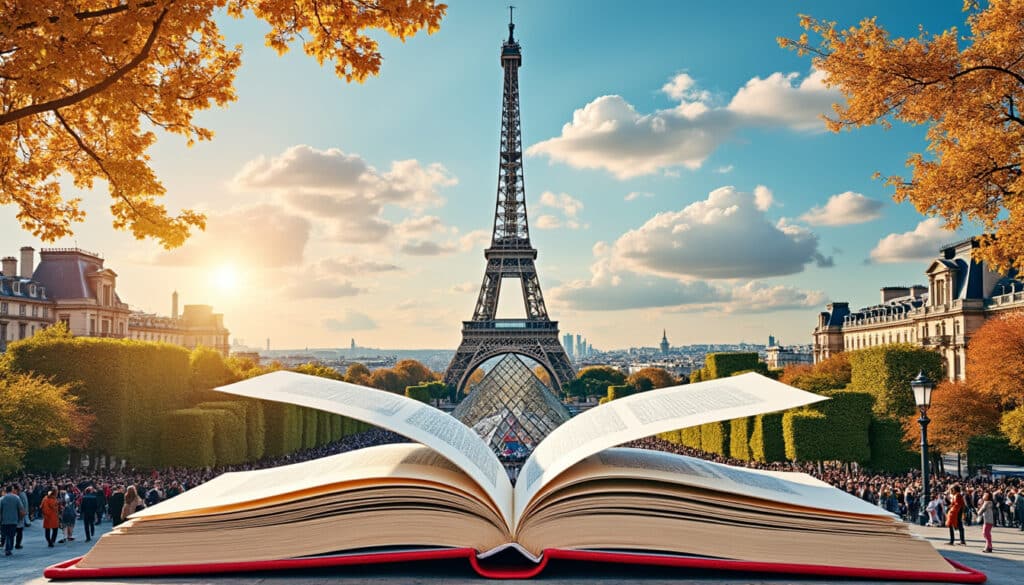
Paris, often referred to as the “City of Light,” is a metropolis that dazzles with its art, fashion, and history. Situated in the heart of France, it stands as a testament to centuries of cultural evolution. From the majestic silhouette…
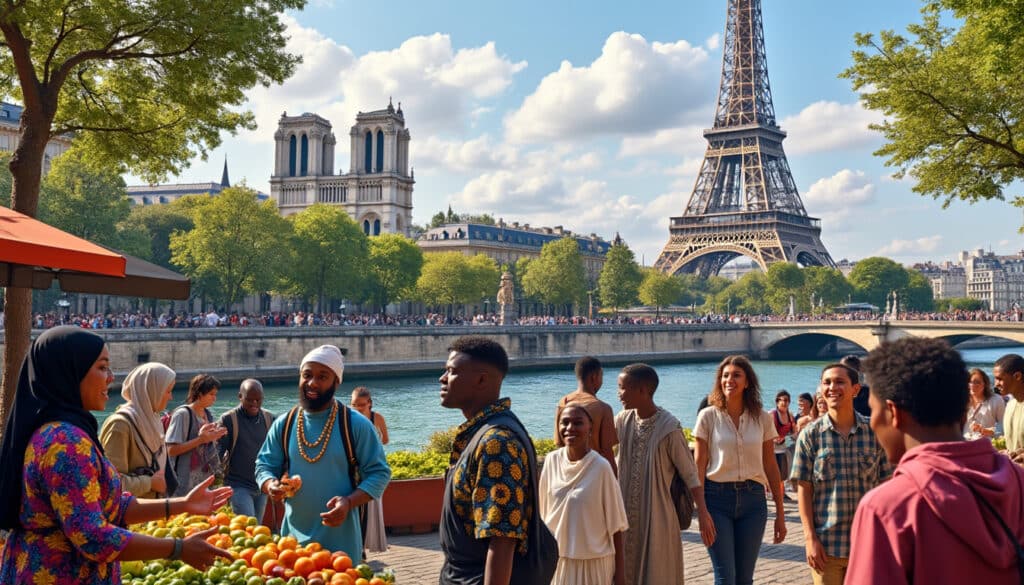
Demographics and geography of Paris
Paris, the City of Lights, is not just renowned for its breathtaking landmarks and artistic flair but also for its rich demographic tapestry and fascinating geography. The capital of France is a bustling metropolis that has seen significant transformations over…
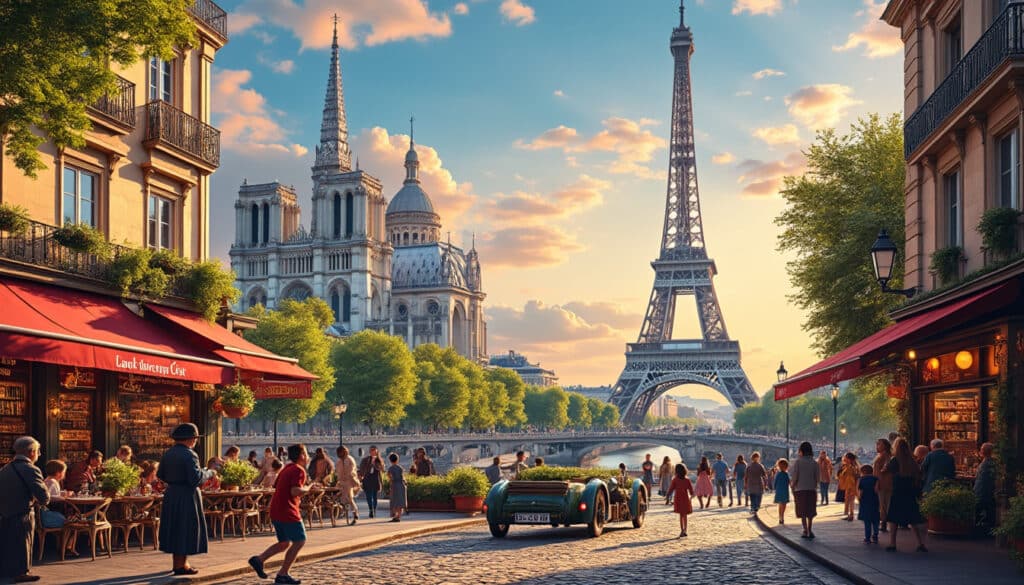
The History of Paris is a captivating tapestry woven from a myriad of cultures, historical events, and architectural marvels. From its origins as a Celtic settlement to becoming a global epicenter of art and politics, Paris has transformed profoundly over…
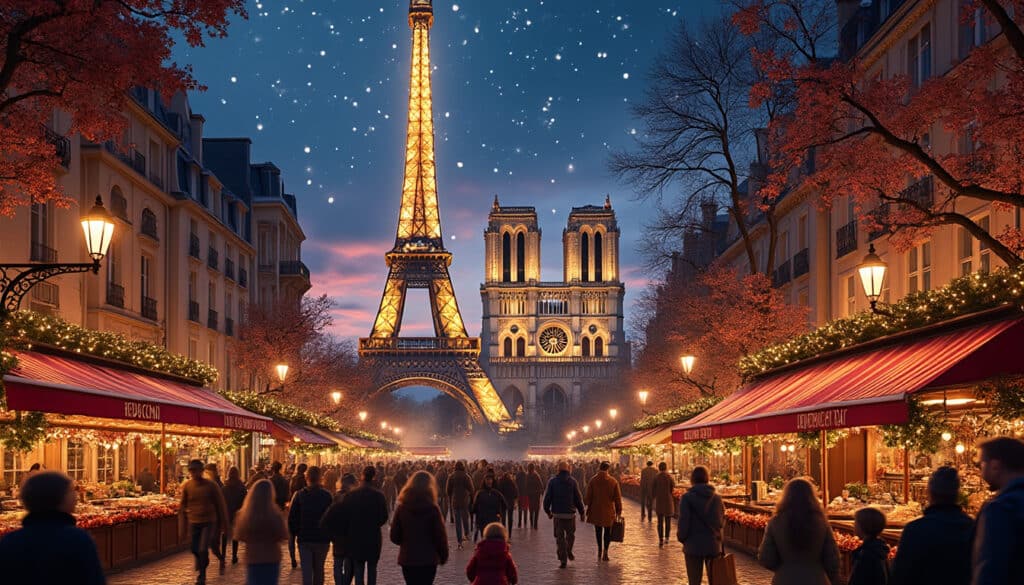
Holidays and celebrations in Paris
Paris, the City of Lights, is known for its rich history, vibrant culture, and iconic landmarks. But beyond the Louvre and the Eiffel Tower lies a tapestry of celebrations that bring the city to life throughout the year. From religious…
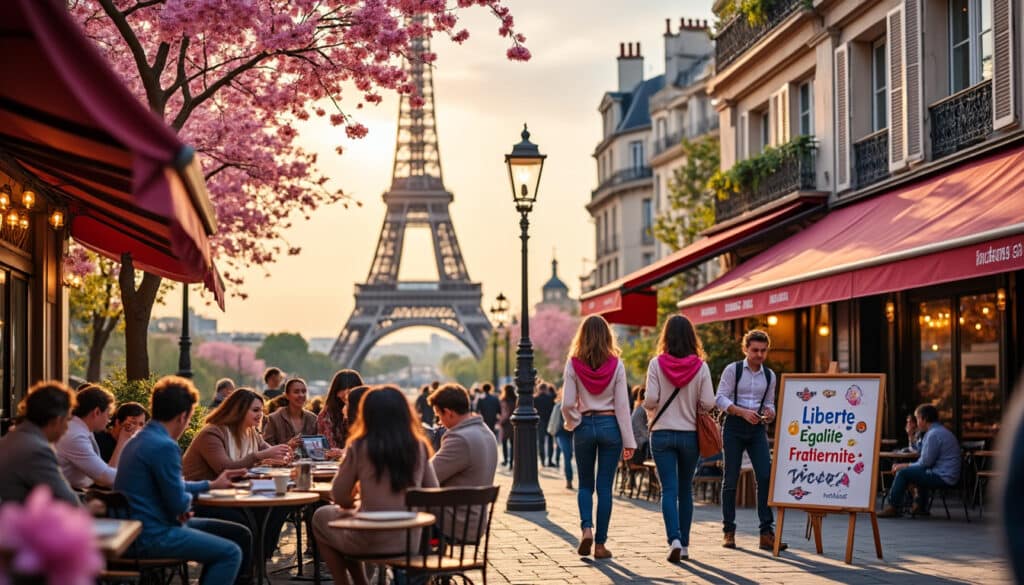
Language and spelling of Paris
Paris, the iconic City of Lights, is not only a hub for art, history, and fashion but also a melting pot of languages and cultures. For many travelers and expatriates, understanding the linguistic nuances of Paris is as essential as…
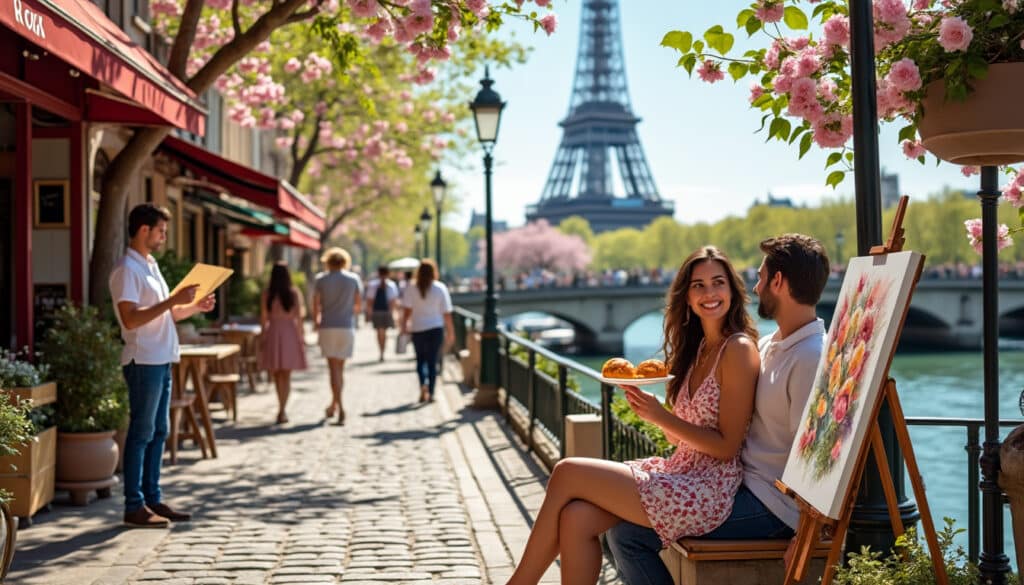
Local tips for tourists in Paris
Paris, often referred to as the “City of Light,” is a timeless destination that attracts millions of tourists every year. However, truly experiencing Paris as a local can unravel a different side of this enchanting city, one that is filled…
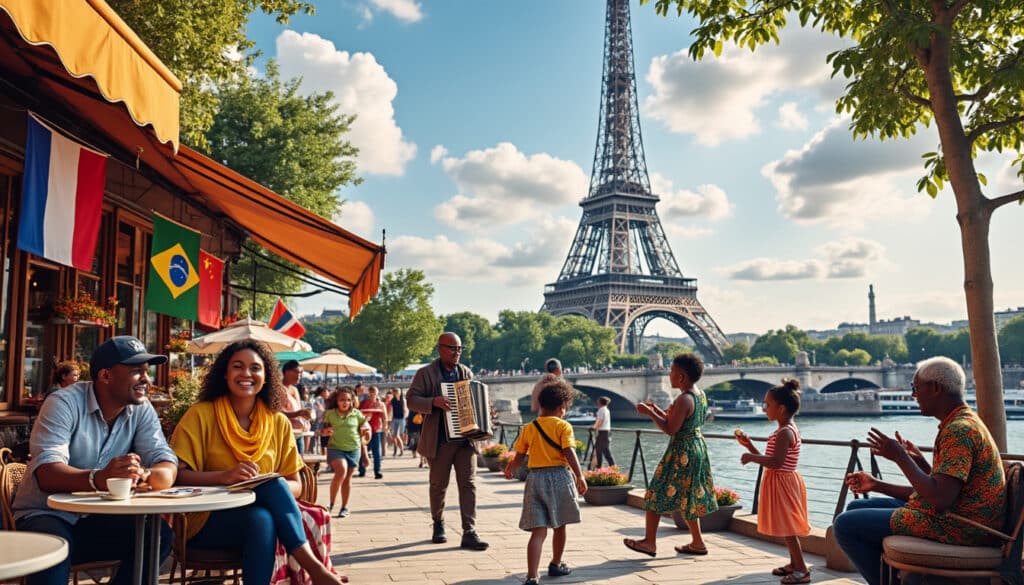
Names, flags, and identity of Paris
Paris, the City of Light, is not only celebrated for its iconic monuments such as the Eiffel Tower, but it is also a hub of cultural richness and historical depth that goes beyond its visual grandeur. From its age-old symbols…
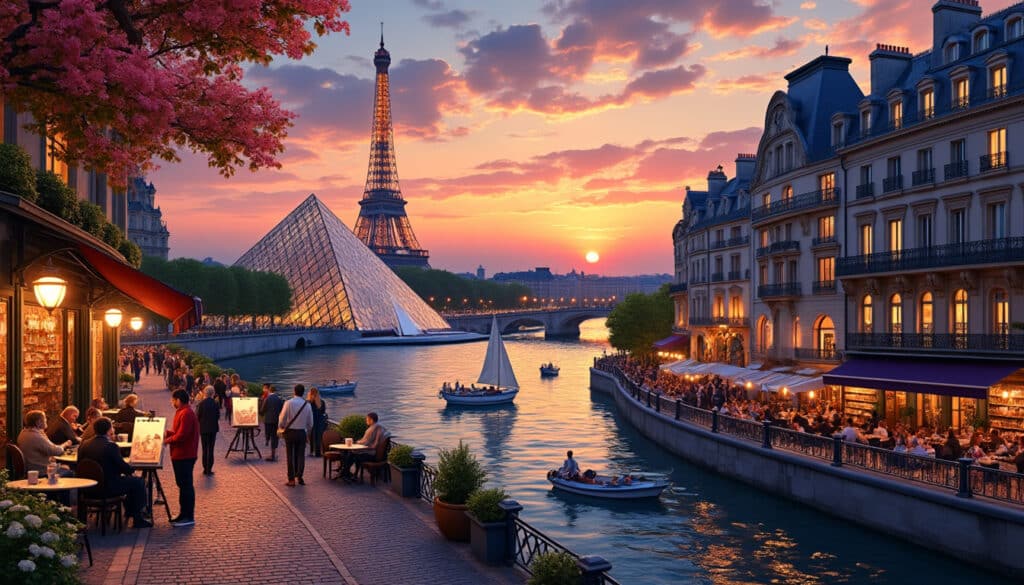
Reputation and identity of Paris
Paris, the illustrious capital of France, has long stood as a beacon of art, culture, and history, drawing millions of visitors annually who are captivated by its unique charm. Renowned as the “City of Light,” Paris is celebrated for its…
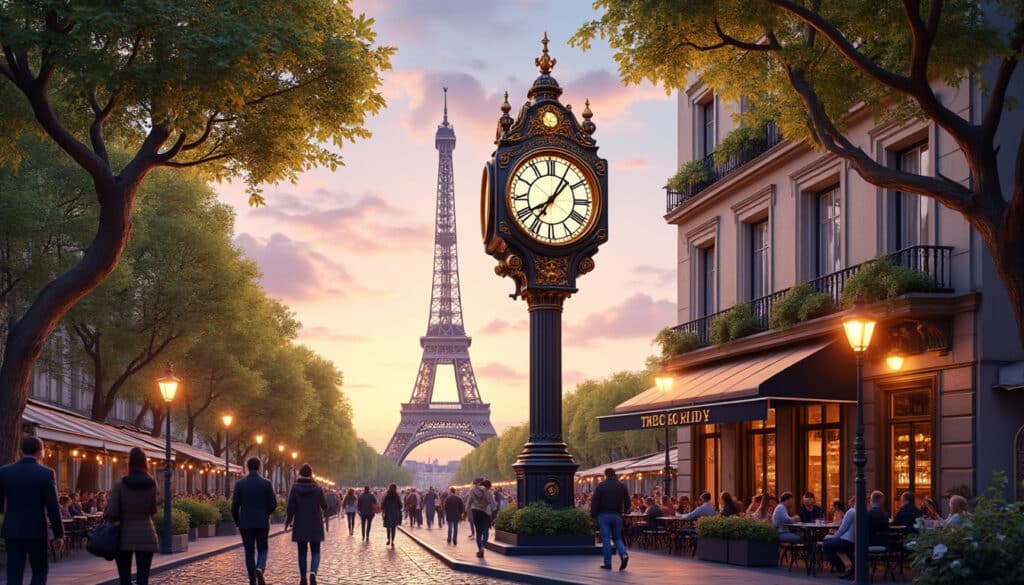
The vibrant city of Paris, France, is not only known for its rich culture, breathtaking architecture, and exquisite cuisine, but it also operates on a unique time schedule that visitors and residents must navigate. Understanding the time and time zone…
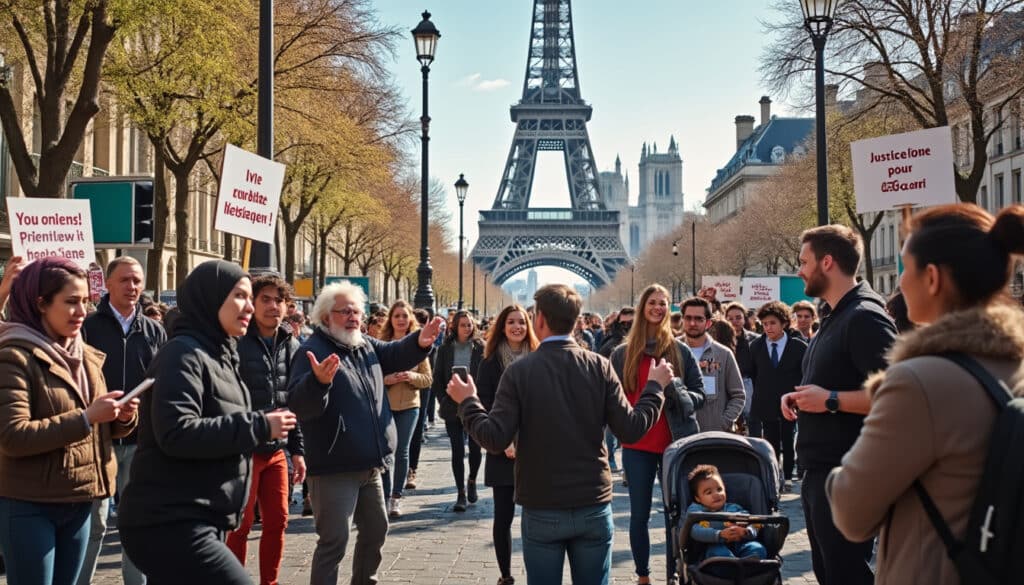
Unusual facts and social issues in Paris
Paris, with its timeless allure, is often depicted through its elegant boulevards, romantic cafes, and iconic landmarks like the Eiffel Tower. Yet, beneath this postcard-perfect exterior lies a tapestry of lesser-known stories and issues that paint a more complex portrait…
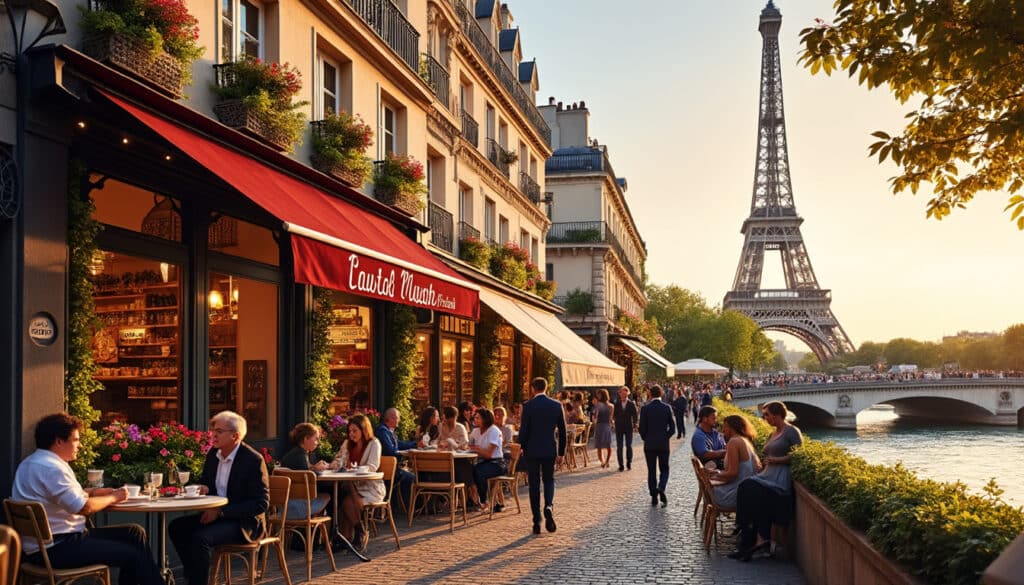
What does Paris look, smell, feel like?
Paris, often referred to as the “City of Light,” is renowned for its stunning architecture, rich history, and artistic heritage. This vibrant city is a haven for art enthusiasts and gastronomes alike. Its streets are lined with magnificent buildings, offering…


